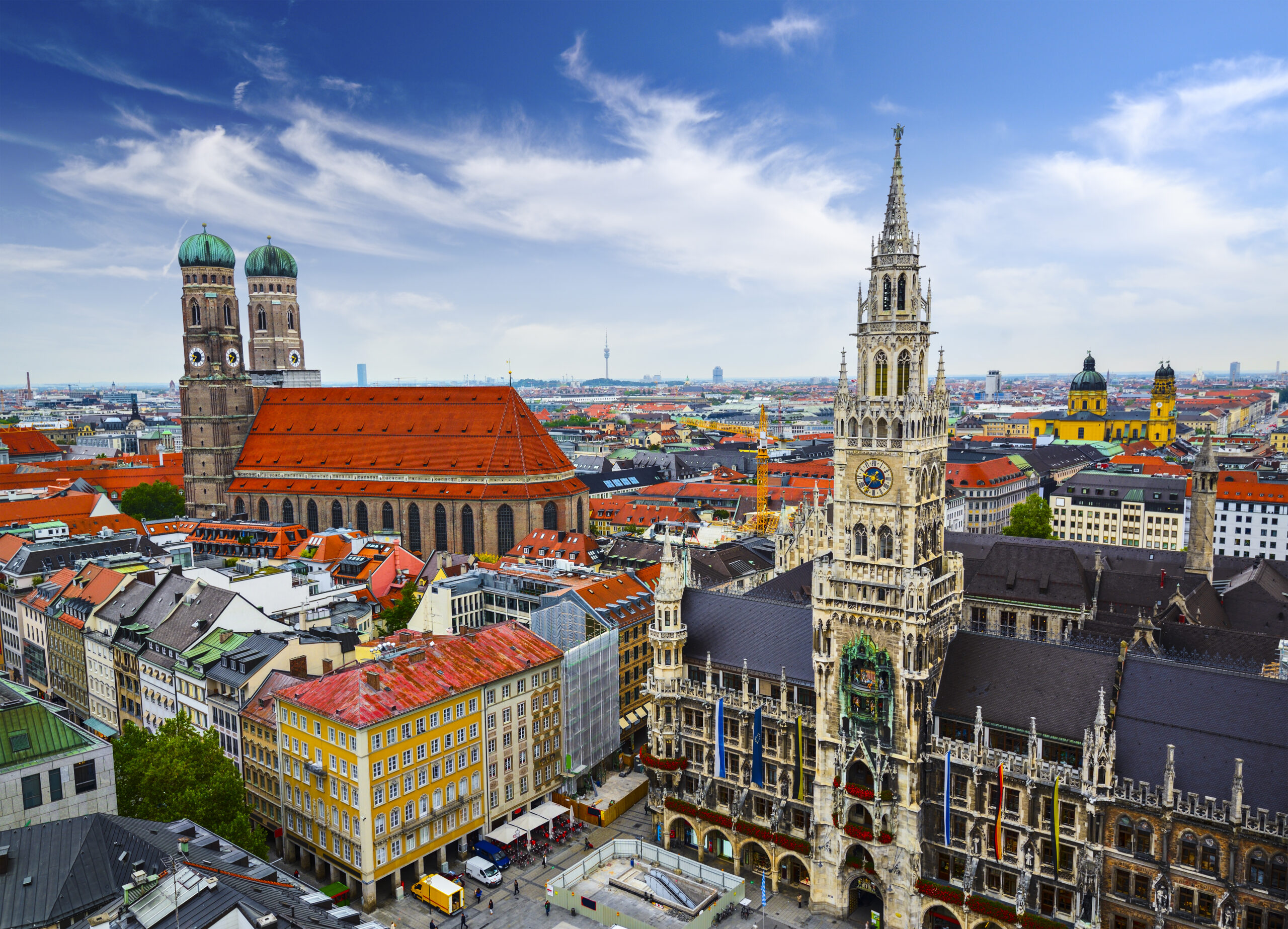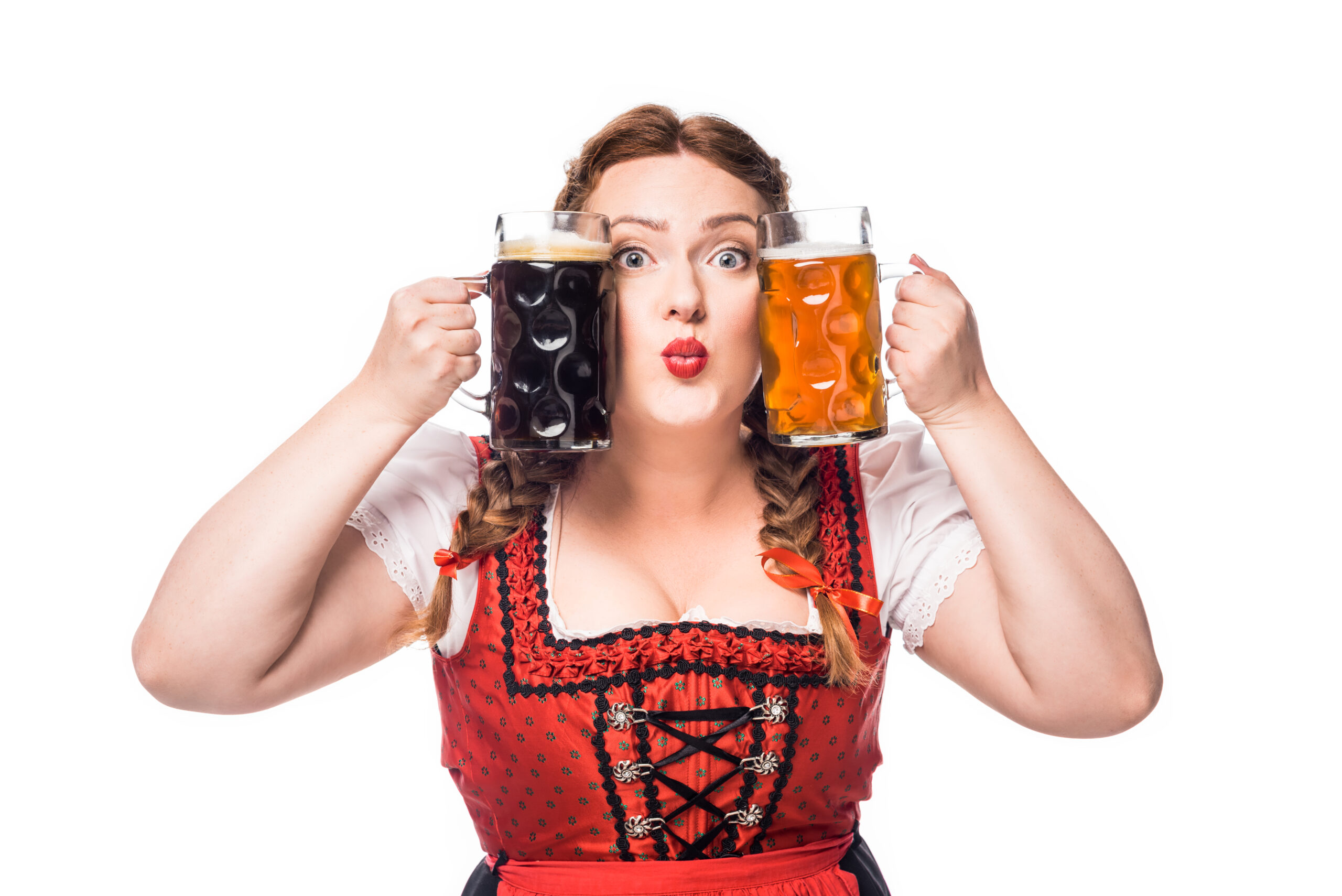Munich Calling: A Traveler’s Guide to the Bavarian Capital
Welcome to Munich, the enchanting capital of Bavaria, where history, culture, and natural beauty converge to create a destination. Munich beckons with its blend of tradition and modernity, attracting visitors with its history, world-class museums, and landscapes. Whether you’re a history enthusiast, a culture connoisseur, a nature lover, or a foodie, Munich offers an unforgettable travel experience that leaves a lasting impression.
As you wander through the city’s charming streets, you’ll encounter iconic landmarks, artistic masterpieces, dozens of beer gardens, and some of the friendliest locals in the region. Venture beyond the city limits to explore the Bavarian countryside, where the Alps, serene lakes, and fairytale castles await.
Embark on a journey through the rich tapestry of Munich, unveiling the treasures that make this city a true gem of Europe. Adventures by Matt is happy to guide you through the Bavarian capital, offering the best tips, advice, and must-see locations to check out during your visit. Keep scrolling to learn more!
A Brief History of Munich
Munich has a rich and fascinating history that dates back over eight centuries. Founded in 1158, the city developed as an important trading post along the salt route, establishing itself as a center of power in the region. In the 13th century, Munich became the capital of the Duchy of Bavaria and transformed into a prominent cultural and political center. Under the reign of Ludwig I in the 19th century, Munich experienced a period of artistic revival, earning it the name “Athens on the Isar.”
Throughout history, Munich faced challenges, including wars, fires, and the devastation of World War II. However, the city’s determination to rebuild transformed it into the metropolis we see today. Following the war, Munich became the center of the post-war economic miracle in West Germany, making it an important financial hub.
Today, Munich stands as a beacon of Bavarian culture, seemingly blending its past and modern present. As the host of world-famous events like Oktoberfest, Munich continues to captivate visitors, embodying the essence of Germany’s culture and status.
Best Time to Visit Munich
The best time to visit Munich, Germany, is during the late spring and early autumn months, specifically from May to September. During this period, Munich experiences mild and pleasant weather, making it ideal for outdoor activities and exploring the city’s parks. Additionally, this period coincides with several events and festivals, such as Oktoberfest in late September.
Oktoberfest in Munich
Oktoberfest, held annually in Munich, is the world’s largest and most famous beer festival, drawing millions of visitors to celebrate Bavarian traditions and, of course, beer. Dating back to 1810, the festival originated as a royal wedding celebration for Bavarian Crown Prince Ludwig and Princess. It has since evolved into a 16- to 18-day event, held from late September to the first weekend in October. You can indulge in a variety of authentic German beers brewed by the city’s traditional breweries, served in iconic one-liter steins, alongside a diverse range of traditional cuisine, lively music, and colorful parades.
Destination Highlights
Munich offers a treasure trove of highlights that cater to all interests and tastes. Whether you are a history buff, foodie lover, cultural enthusiast, or outdoor adventurer, Munich’s highlights promise an enriching journey through the heart of southern Germany. Some of the top destination highlights in Munich include the following:
- Marienplatz: Marienplatz is the bustling central square that is full of rich history and a lively atmosphere. The square is surrounded by historical landmarks, charming cafes, boutique shops, and street performers, perfect for exploring Munich’s timeless charm.
- English Garden: The English Garden is an expansive urban oasis and one of the largest and most picturesque city parks in the world. It spans over 900 acres, and the park’s centerpiece is the Eisbach River, known for its popular surfing spot.
- Nymphenburg Palace: Built in the late 17th century as a summer residence for the Wittelsbach family of Bavaria, the Nymphenburg Palace boasts opulent architecture, landscaped gardens, and stunning fountains. You can explore the lavish staterooms, the Hall of Mirrors, and the Gallery of Beauties.
- Hofbräuhaus: Hofbräuhaus is an iconic beer hall that holds a special place in Bavarian culture and is one of the oldest breweries in Europe. You can savor the Hofbräu beer, brewed on-site, while immersing in the liveliness, complete with oompah bands and traditional Bavarian music.
- Pinakotheken: The Pinakotheken comprises a trio of world-class art museums that showcase an impressive collection of masterpieces. The Alte Pinakothek houses an array of paintings from the Middle Ages, featuring works by artists such as Rembrandt and Rubens. The Neue Pinakothek focuses on art from the 18th to the early 20th century, with a selection of Romantic and Symbolist pieces. Lastly, the Pinakothek der Moderne offers a journey through modern art with a diverse range of artistic movements and media.
From the grandeur of Nymphenburg Palace to the liveliness of the beer halls, Munich casts a spell that will linger in your memories long after you leave. Whether you explore historical gems, taste Bavarian cuisine, or immerse in the local traditions, Munich’s calling remains irresistible. We hope you have enjoyed this guide to Munich, Germany! Contact us at Adventures by Matt to learn more about the heart of Bavaria.




Leave a Reply